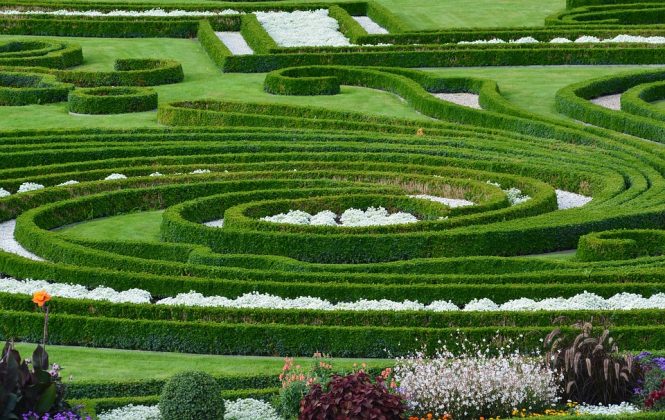
Nature’s Narrative: Using Garden Design to Tell a Story and Create a Sense of Place
Gardens have long been a source of inspiration, solace, and beauty for humans. Beyond their aesthetic appeal, gardens can also be used to tell a story, evoke emotions, and create a sense of place. This concept is known as “Nature’s Narrative,” where garden design is used to convey a message, themes, or ideas, much like a novel or a work of art. In this article, we will explore the concept of Nature’s Narrative and how it can be used to create a sense of place and connection with the natural world.
The Power of Storytelling in Garden Design
Storytelling is an essential aspect of human experience. It allows us to connect with others, share our experiences, and convey our values and beliefs. In garden design, storytelling can be achieved through the use of various elements such as plants, hardscapes, water features, and artwork. By carefully selecting and arranging these elements, garden designers can create a narrative that unfolds as visitors explore the garden.
For example, a garden designer might create a garden that tells the story of a specific ecosystem, such as a meadow or a forest. The garden might feature plants native to that ecosystem, as well as hardscapes and water features that mimic the natural environment. As visitors walk through the garden, they might feel as though they are experiencing the sights, sounds, and smells of the actual ecosystem.
Creating a Sense of Place
A sense of place is a feeling of connection to a specific location or environment. It is a sense of belonging, of being rooted in a particular spot. Garden design can be used to create a sense of place by incorporating elements that reflect the local culture, history, and geography.
For instance, a garden designer might create a garden that incorporates local materials, such as stone or wood, and features plants that are native to the region. The garden might also include artwork or sculptures that reflect the local culture or history. By incorporating these elements, the garden designer can create a sense of place that is unique to that specific location.
Using Garden Design to Evoke Emotions
Garden design can also be used to evoke emotions and create a specific atmosphere. For example, a garden designer might create a garden that is designed to be calming and peaceful, featuring plants with soothing colors and textures, and a water feature that creates a gentle, soothing sound. On the other hand, a garden designer might create a garden that is designed to be bold and dramatic, featuring plants with bright colors and striking textures, and a hardscape that creates a sense of energy and movement.
The Role of Senses in Nature’s Narrative
Our senses play a critical role in experiencing and interpreting the natural world. Garden design can be used to engage our senses and create a more immersive experience. For example, a garden designer might incorporate plants with fragrant flowers or leaves, such as roses or lavender, to engage our sense of smell. The garden might also feature water features that create a soothing sound, or hardscapes that create a sense of texture and tactile experience.
Case Studies: Examples of Nature’s Narrative in Garden Design
There are many examples of Nature’s Narrative in garden design. One notable example is the High Line in New York City, a elevated park built on an old rail line. The park features a variety of plants and hardscapes that reflect the industrial history of the site, as well as the natural environment of the surrounding city. The park also includes artwork and sculptures that reflect the local culture and history.
Another example is the Gardens by the Bay in Singapore, a large public garden that features a variety of plants and hardscapes from around the world. The garden is designed to tell the story of the natural world, with different sections featuring plants and ecosystems from different regions. The garden also includes artwork and sculptures that reflect the local culture and history.
Conclusion
Nature’s Narrative is a powerful tool for creating a sense of place and connection with the natural world. By using garden design to tell a story, evoke emotions, and engage our senses, we can create gardens that are not only beautiful but also meaningful and impactful. Whether it is a small backyard garden or a large public park, Nature’s Narrative can be used to create a sense of place that is unique to that specific location. As we continue to urbanize and disconnect from the natural world, the importance of Nature’s Narrative in garden design will only continue to grow.